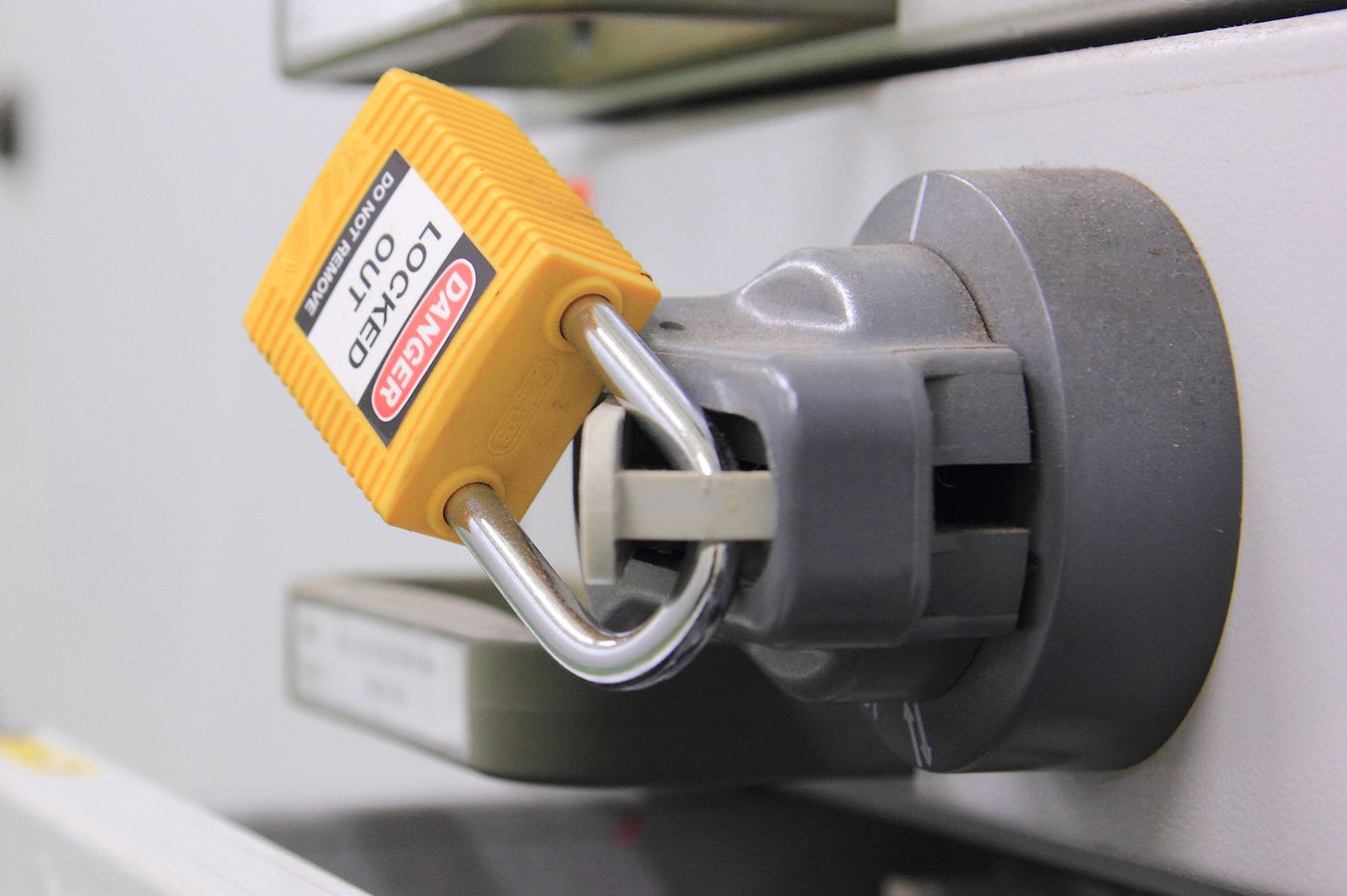Ensuring safety in the workplace is paramount, especially when dealing with electrical equipment. This quiz will challenge your understanding of OSHA‘s Electrical Lockout/Tagout procedures, which are designed to prevent accidental start-up or release of hazardous energy during maintenance. Sharpen your knowledge and reinforce the practices that keep you and your colleagues safe. Good luck!
We recommend that you do not leave the page that you are taking this quiz in. Stay honest 🙂
OSHA Electrical Lockout/Tagout Quiz Questions Overview
1. What does the Lockout/Tagout (LOTO) standard primarily aim to prevent?
Electrical fires
Accidental release of hazardous energy
Equipment malfunction
Unauthorized access to electrical panels
2. Which OSHA regulation covers the Lockout/Tagout procedures?
29 CFR 1910.147
29 CFR 1910.120
29 CFR 1910.1030
29 CFR 1910.132
3. What must be done before performing maintenance on equipment that could release hazardous energy?
Notify the supervisor
Lockout and tagout the equipment
Wear personal protective equipment
Complete a risk assessment
4. Who is authorized to remove a lockout/tagout device?
Any employee
A supervisor
The person who applied it
An OSHA inspector
5. What is the first step in the lockout/tagout process?
Isolate the energy source
Notify affected employees
Shut down the equipment
Apply lockout/tagout devices
6. What should be done if a lockout/tagout device is found to be defective?
Ignore it and continue work
Remove it immediately
Replace it with a new device
Report it to a supervisor
7. How often should lockout/tagout procedures be reviewed?
Monthly
Annually
Bi-annually
Every five years
8. What should be included in a lockout/tagout training program?
Proper use of personal protective equipment
Steps for applying and removing LOTO devices
Basic electrical theory
Emergency evacuation procedures
9. What is the purpose of a tag in the lockout/tagout process?
To provide a warning and information about the lockout
To physically prevent the equipment from being energized
To identify the equipment being serviced
To indicate the completion of maintenance
10. What should be done if there is a shift change during a lockout/tagout procedure?
Leave the lockout/tagout devices in place
Transfer the lockout/tagout responsibility to the incoming shift
Remove all lockout/tagout devices
Notify OSHA of the shift change
We recommend that you do not leave the page that you are taking this quiz in. Stay honest 🙂
Can Your Friends Do Better Than You in This Quiz?
Share this quiz with your friends and compare results.
Was this page helpful?
More Popular Career Quizzes:
-
Customer Service Quiz
-
Career Change Quiz
-
Mechanic Quiz
-
Navy Career Quiz
-
Career Quiz
-
Workplace Appreciation Quiz











